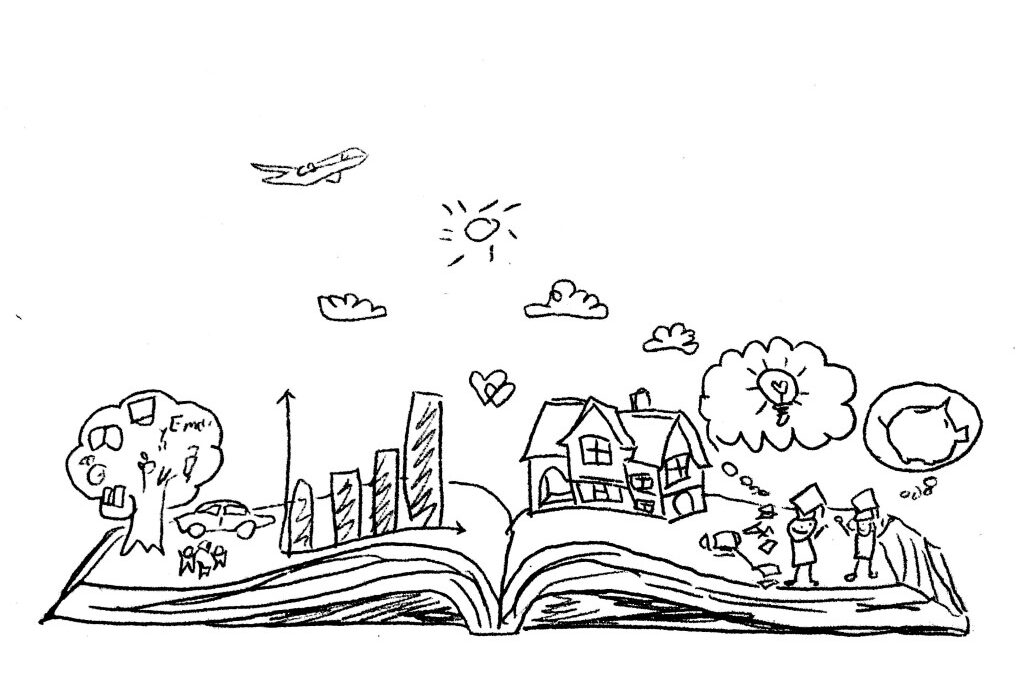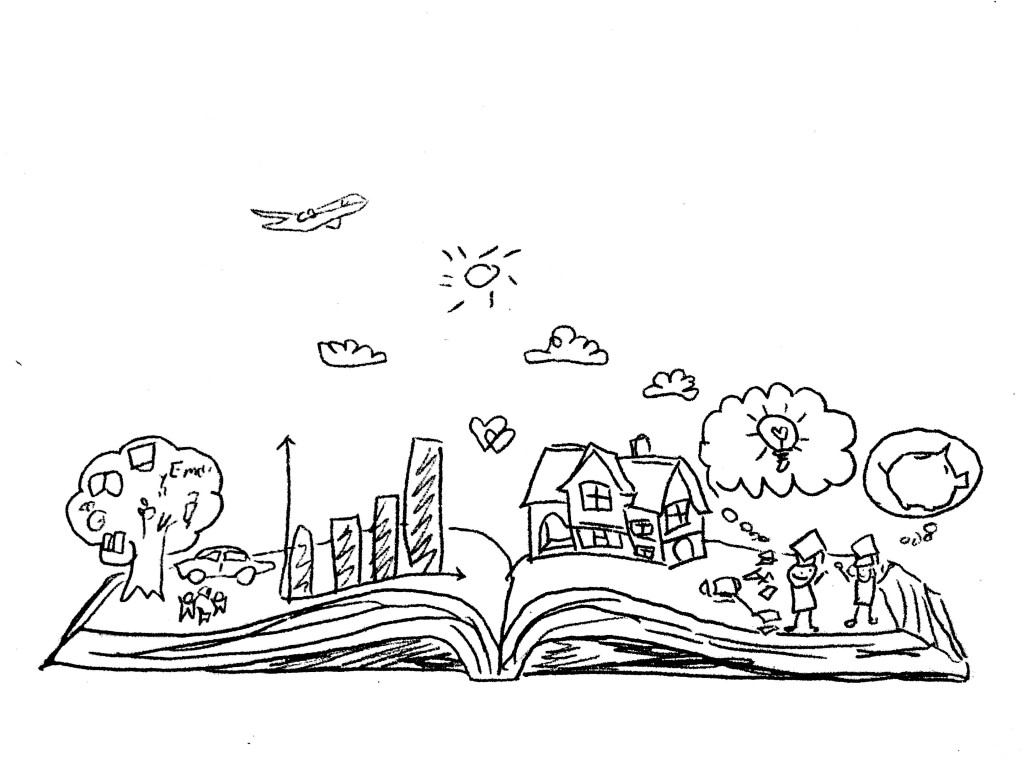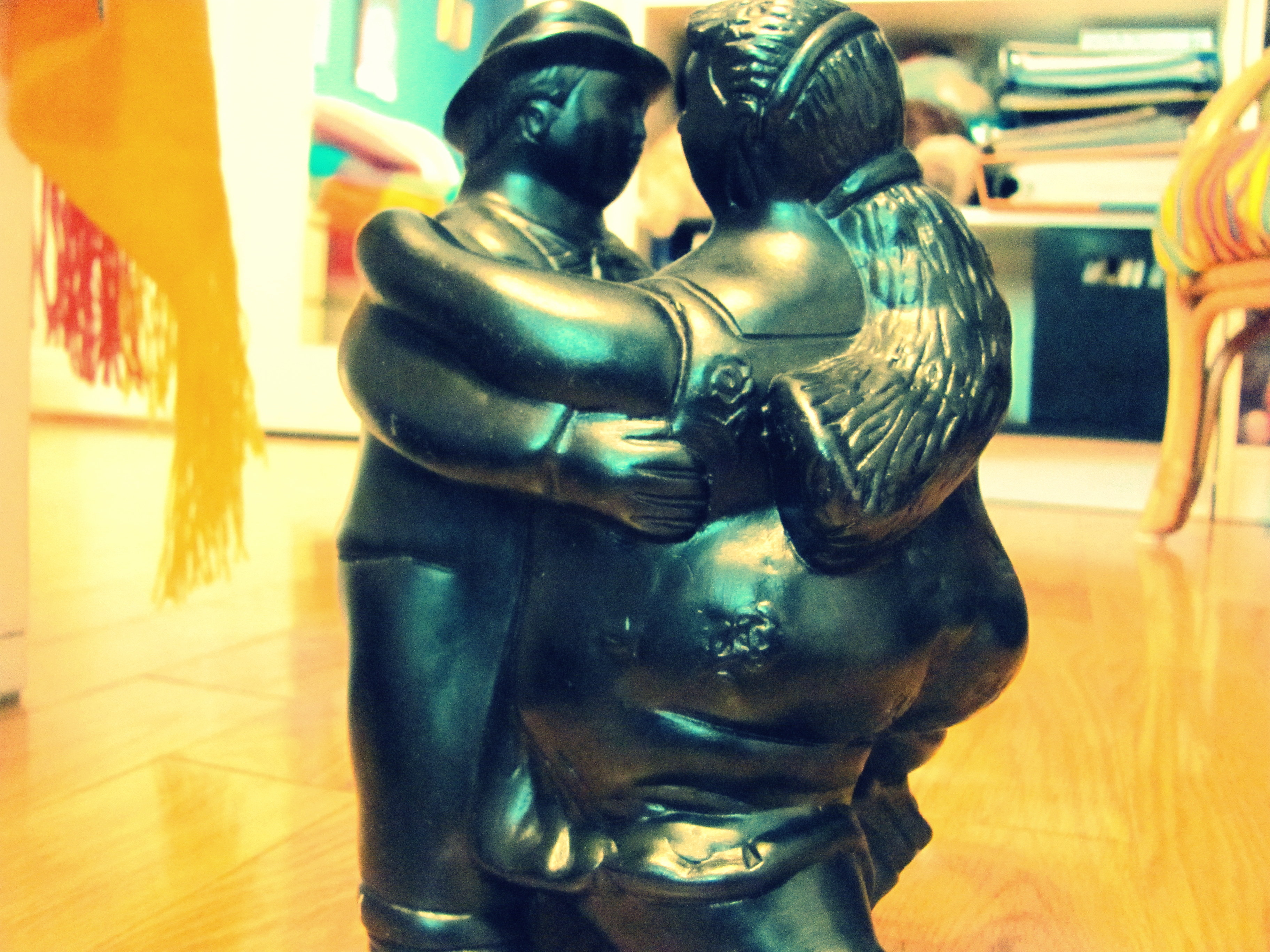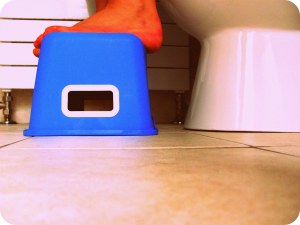
Naturopathic Narrative Therapy
 As a child, I was obsessed with stories. I wrote and digested stories from various genres and mediums. I created characters, illustrating them, giving them clothes and names and friends and lives. I threw them into narratives: long stories, short stories, hypothetical stories that never got written. Stories are about selecting certain events and connecting them in time and sequence to create meaning. In naturopathic medicine I found a career in which I could bear witness to people’s stories. In narrative therapy I have found a way to heal people through helping them write their life stories.
As a child, I was obsessed with stories. I wrote and digested stories from various genres and mediums. I created characters, illustrating them, giving them clothes and names and friends and lives. I threw them into narratives: long stories, short stories, hypothetical stories that never got written. Stories are about selecting certain events and connecting them in time and sequence to create meaning. In naturopathic medicine I found a career in which I could bear witness to people’s stories. In narrative therapy I have found a way to heal people through helping them write their life stories.
We humans create stories by editing. We edit out events that seem insignificant to the formation of our identity. We emphasize certain events or thoughts that seem more meaningful. Sometimes our stories have happy endings. Sometimes our stories form tragedies. The stories we create shape how we see ourselves and what we imagine to be our possibilities for the future. They influence the decisions we make and the actions we take.
We use stories to understand other people, to feel empathy for ourselves and for others. Is there empathy outside of stories?
I was seeing R, a patient of mine at the Yonge Street Mission. Like my other patients at the mission health clinic, R was a young male who was street involved. He had come to see me for acupuncture, to help him relax. When I asked him what brought him in to see me on this particular day, his answer surprised me in its clarity and self-reflection. “I have a lot of anger,” He said, keeping his sunglasses on in the visit, something I didn’t bother to challenge.
R spoke of an unstoppable rage that would appear in his interactions with other people. Very often it would result in him taking violent action. A lot of the time that action was against others. This anger, according to him, got him in trouble with the law. He was scared by it—he didn’t really want to hurt others, but this anger felt like something that was escaping his control.
We chatted for a bit and I put in some acupuncture needles to “calm the mind” (because, by implication, his mind was not currently calm). After the treatment, R left a little lighter with a mind that was supposedly a little calmer. The treatment worked. I attributed this to the fact that he’d been able to get some things off his chest and relax in a safe space free of judgment. I congratulated myself while at the same time lamented the sad fact that R was leaving my safe space and re-entering the street, where he’d no doubt go back to floundering in a sea of crime, poverty and social injustice. I sighed and shrugged, feeling powerless—this was a fact beyond my control, there wasn’t anything I could do about it.
The clinic manager, a nurse practitioner, once told me, “Of course they’re angry. These kids have a lot to be angry at.” I understood theoretically that social context mattered, but only in the sense that it posed an obstacle to proper healing. It is hard to treat stress, diabetes, anxiety and depression when the root causes or complicating factors are joblessness, homelessness and various traumatic experiences. A lot of the time I feel like I’m bailing water with a teaspoon to save a sinking ship; my efforts to help are fruitless. This is unfortunate because I believe in empowering my patients. How can I empower others if I myself feel powerless?
I took a Narrative Therapy intensive workshop last week. In this workshop we learn many techniques for empowering people and healing them via the formation of new identities through storytelling. In order to do this, narrative therapy extricates the problem from the person: the person is not the problem, the problem is the problem. Through separating problems from people, we are giving our patients the freedom to respond to or resolve their problems in ways that are empowering.
Naturopathic doctors approach conditions like diabetes from a life-style perspective; change your lifestyle and you can change your health! However, when we fail to separate the patient from the diabetes, we fail to examine the greater societal context that diabetes exists in. For one thing, our culture emphasizes stress, overwork and inactivity. The majority of food options we are given don’t nourish our health. Healthy foods cost more; we need to work more and experience more stress in order to afford them. We are often lied to when it comes to what is healthy and what is not—food marketing “healthwashes” the food choices we make. We do have some agency over our health in preventing conditions like diabetes, it’s true, but our health problems are often created within the context in which we live. Once we externalize diabetes from the person who experiences it, we can begin to distance our identities from the problem and work on it in creative and self-affirming ways.
Michael White, one of the founders of Narrative Therapy says,
If the person is the problem there is very little that can be done outside of taking action that is self-destructive.
Many people who seek healthcare believe that their health problems are a failure of their bodies to be healthy—they are in fact the problem. Naturopathic medicine, which aims to empower people by pointing out they can take action over their health, can further disempower people when we emphasize action and solutions that aim at treating the problems within our patients—we unwittingly perpetuate the idea that our solutions are fixing a “broken” person and, even worse, that we hold the answer to that fix. If we fail to separate our patients from their health conditions, our patients come to believe that their problems are internal to the self—that they or others are in fact, the problem. Failure to follow their doctor’s advice and heal then becomes a failure of the self. This belief only further buries them in the problems they are attempting to resolve. However, when health conditions are externalized, the condition ceases to represent the truth about the patient’s identity and options for healing suddenly show themselves.
While R got benefit from our visit, the benefit was temporary—R was still his problem. He left the visit still feeling like an angry and violent person. If I had succeeded in temporarily relieving R of his problem, it was only because I had acted. At best, R was dependent on me. At worst, I’d done nothing, or, even worse, had perpetuated the idea that there was something wrong with him and that he needed fixing.
These kids have a lot to be angry at,
my supervisor had said.
R was angry. But what was he angry at? Since I hadn’t really asked him, at this time I can only guess. The possibilities for imagining answers, however, are plentiful. R and his family had recently immigrated from Palestine, a land ravaged by war, occupation and racial tension. R was street-involved, living in poverty in an otherwise affluent country like Canada. I wasn’t sure of his specific relationship to poverty, because I hadn’t inquired, but throughout my time at the mission I’d been exposed to other narratives that may have intertwined with R’s personal storyline. These narratives included themes of addiction, abortion, hunger, violence, trauma and abandonment, among other tragic experiences. If his story in any way resembled those of the other youth who I see at the mission, it is fair to say that R had probably experienced a fair amount of injustice in his young life—he certainly had things to be angry at. I wonder if R’s anger wasn’t simply anger, but an act of resistance against injustice against him and others in his life: an act of protest.
“Why are you angry?” I could have asked him. Or, even better, “What are you protesting?”
That simple question might have opened our conversation up to stories of empowerment, personal agency, skills and knowledge. I might have learned of the things he held precious. We might have discussed themes of family, community and cultural narratives that could have developed into beautiful story-lines that were otherwise existing unnoticed.
Because our lives consist of an infinite number of events happening moment to moment, the potential for story creation is endless. However, it is an unfortunate reality that many of us tell the same single story of our lives. Oftentimes the dominant stories we make of our lives represent a problem we have. In my practice I hear many problem stories: stories of anxiety, depression, infertility, diabetes, weight gain, fatigue and so on. However, within these stories there exist clues to undeveloped stories, or subordinate stories, that can alter the way we see ourselves. The subordinate stories of our lives consist of values, skills, knowledge, strength and the things that we hold dear. When we thicken these stories, we can change how we see ourselves and others. We can open ourselves up to greater possibilities, greater personal agency and a preferred future in which we embrace preferred ways of being in the world.
I never asked R why the anger scared him, but asking might have provided clues to subordinate stories about what he held precious. Why did he not want to hurt others? What was important about keeping others safe? What other things was he living for? What things did he hope for in his own life and the lives of others? Enriching those stories might have changed the way he was currently seeing himself—an angry, violent youth with a temper problem—to a loving, caring individual who was protesting societal injustice. We might have talked about the times he’d felt anger but not acted violently (he’d briefly mentioned turning to soccer instead) or what his dreams were for the future. We might have talked about the values he’d been taught—why did he think that violence was wrong? Who taught him that? What would that person say to him right now, or during the times when his anger was threatening to take hold?
Our visit might have been powerful. It might have opened R up to a future of behaving in the way he preferred. It might have been life-changing.
It definitely would have been life-affirming.
Very often in the work we do, we unintentionally affirm people’s problems, rather than their lives.
One of the course participants during my week-long workshop summed up the definition of narrative therapy in one sentence,
Narrative therapy is therapy that is life-affirming.
And there is something very healing in a life affirmed.
More:
The Narrative Therapy Centre: http://www.narrativetherapycentre.com/
The Dulwich Centre: http://dulwichcentre.com.au/
Book: Maps of Narrative Practice by Michael White




